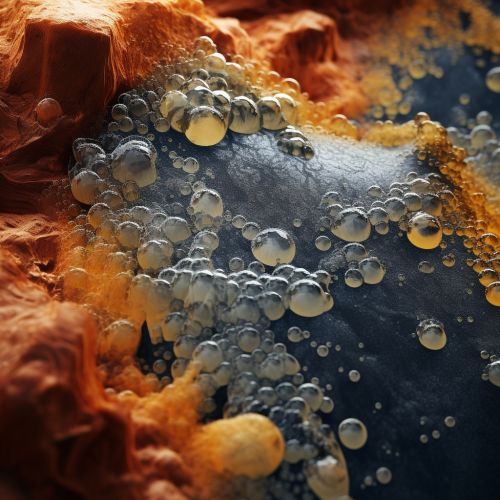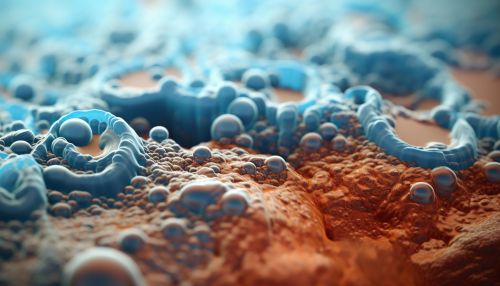The Role of Microbial Biofilms in Industrial Processes
Introduction
Microbial biofilms are structured communities of microorganisms that adhere to biological or non-biological surfaces and are enclosed in a self-produced polymeric matrix. These biofilms play a significant role in various industrial processes due to their unique properties and characteristics.


Formation and Structure of Microbial Biofilms
The formation of microbial biofilms is a complex process that involves several stages. It begins with the initial attachment of planktonic cells to a surface, followed by their proliferation and maturation into a three-dimensional structure. The biofilm structure is highly heterogeneous, consisting of microbial cells and extracellular polymeric substances (EPS) that provide a protective environment for the cells.
Role in Industrial Processes
Microbial biofilms play a critical role in various industrial processes, including wastewater treatment, bioremediation, bioleaching, and food and beverage production. Their unique properties, such as enhanced resistance to antimicrobial agents and ability to degrade complex substrates, make them particularly useful in these applications.
Wastewater Treatment
In wastewater treatment, biofilms are used in biological reactors, where they degrade organic matter and remove pollutants from the water. The biofilm-based processes are more efficient and cost-effective than conventional methods, as they require less space and energy.
Bioremediation
Bioremediation is a process that uses microorganisms to degrade or transform pollutants into less harmful substances. Biofilms play a crucial role in this process, as they can degrade a wide range of pollutants, including hydrocarbons, heavy metals, and pesticides.
Bioleaching
Bioleaching is a process used in the mining industry to extract valuable metals from ores. Biofilms of certain bacteria, such as Acidithiobacillus ferrooxidans, are used in this process, as they can oxidize the metal sulfides and release the metals.
Food and Beverage Production
In the food and beverage industry, biofilms are used in the fermentation process to produce products such as beer, wine, and cheese. They are also used in the production of probiotics, which are beneficial bacteria that promote gut health.
Challenges and Future Perspectives
Despite their numerous advantages, microbial biofilms also pose several challenges in industrial processes. These include biofouling, biocorrosion, and resistance to antimicrobial agents. Therefore, effective strategies for the control and management of biofilms are needed. Future research should focus on developing new techniques for biofilm control, as well as exploring the potential of biofilms in emerging fields such as bioenergy production and nanotechnology.
